Quilt Patterns by Doris: Offset Frame
Finished size 42″ square. Download as a word document here offsetframe
The center squares are a good place to use large scale novelty prints. This is called the focus fabric.
Cut strips across the full width of 44″ fabric. Kit contents:
Color number 1 – focus fabric: One whole and one half strip 6-1/2 inches wide for centers. Four 2 1/2 ” strips for the borders.
Color number 2 – first frame: Three and a half strips 2-1/2 inches wide
Color number 3 – second frame: 4 strips 2-1/2 inches wide
Color number 4 – sashing: 7 strips 2-1/2 inches wide
- 42″ square
- 4 fabric colors
- 1. Sew the 6-1/2″ strips to the color #2 strips along the long edge with a 1/4″ seam. Make one and a half. Press. Slice at 6-1/2″ across.
- 2. Make 9.
- 3. Place the 9 blocks from Step 1 along the edge of the other color #2 strip, right sides together, and sew with a 1/4″ seam. Make two. Press seams. Slice between.
- 4. Make 9.
- 5. Make 9.
- 6. Then sew these to the color #3 strips on the side of the first #2 strip. Make two. Press seams. Slice between.
- 7. Next sew these to the other color #3 strips on the side of the second #2 strip. Make two full and use the leftover piece from step 3. Press seams. Slice between.
- 8. Make 9 like this and set 3 aside.
- 9. Sew six to color #4 strips. Press seams. Slice between. Save leftover pieces.
- 10. Make 9.
- 11. Sew two of the blocks completed in step 5 and one block set aside from step 4 together. Press seams. Make three.
- 12. Sew a 2-1/2″ strip of color #4 on the bottom of each. Trim and save leftover piece.
- 13. Sew these three rows together. Add another 2-1/2″ strip of color #4 across top. Press seams.
- 14. Sew the last #4 strip to the side as shown. Sew the four leftover pieces of #4 strips together and then to the 4th side of the quilt top.
Sew on two borders: Measure width of quilt. Pin top and bottom borders to quilt, right sides together with quilt, short edges extending a bit beyond quilt. Sew with a 1/4″ seam, then trim ends to match the width of the quilt.
Sew the next two borders: Repeat with two more strips.
Making the quilt sandwich: Press the fabric to be used for the quilt back. Lay out a piece of batting the required size (should be 44″ square) on a flat surface.
Place the pressed piece of backing fabric RIGHT SIDE UP on top of the batting.
Place the completed, pressed top WRONG SIDE UP on top of backing. RIGHT SIDES TOGETHER!
Smooth the wrinkles and center the top on the batting and backing. The top will be slightly smaller. Make sure the backing and batting are the same size or a bit larger than the top. Pin around the edges, through all the layers.
Starting on any edge and about one third in from any corner, sew 1/4″ from the raw edge of top around all four sides, leaving an opening of about 10″. Start with backstitching, pivot at each corner, and end with backstitching. Trim seams and clip corners. Turn carefully to right side, pulling corners as square as possible. Press lightly and stitch opening shut by hand or machine. Topstitch around the outer edges to make the quilt more durable. Use a decorative stitch if you wish.
Tying the quilt: Use all 6 strands of embroidery floss threaded through a needle. From the top of the quilt, push the needle through and back up 1/4″ away. Pull the thread, leaving about 4″. Wrap the threads in the right hand not once but twice around the other thread. Pull tightly. Tie again, wrapping the left thread two times around right. Repeat this in a pattern over the whole quilt. Every 3″ to 4″ is good coverage. Trim floss ends to 1/2″ to 1/4″.
OR machine quilt.
Your Offset Frame kids quilt is done!



































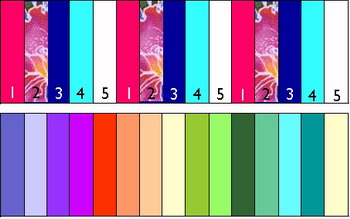
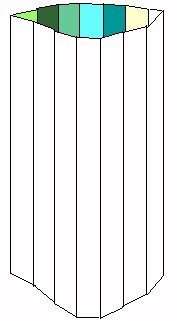
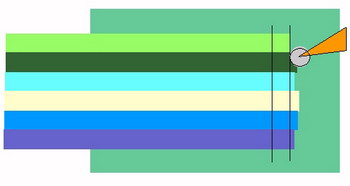
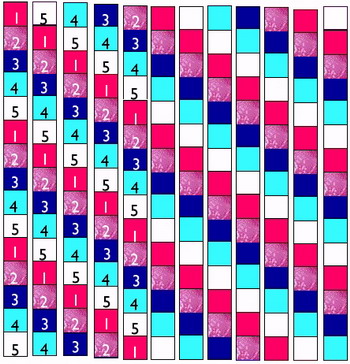
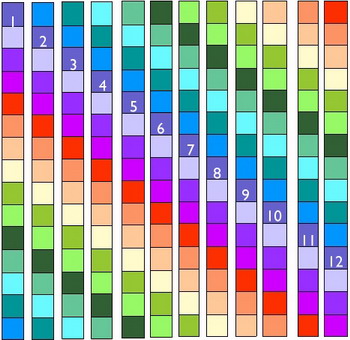
Reply